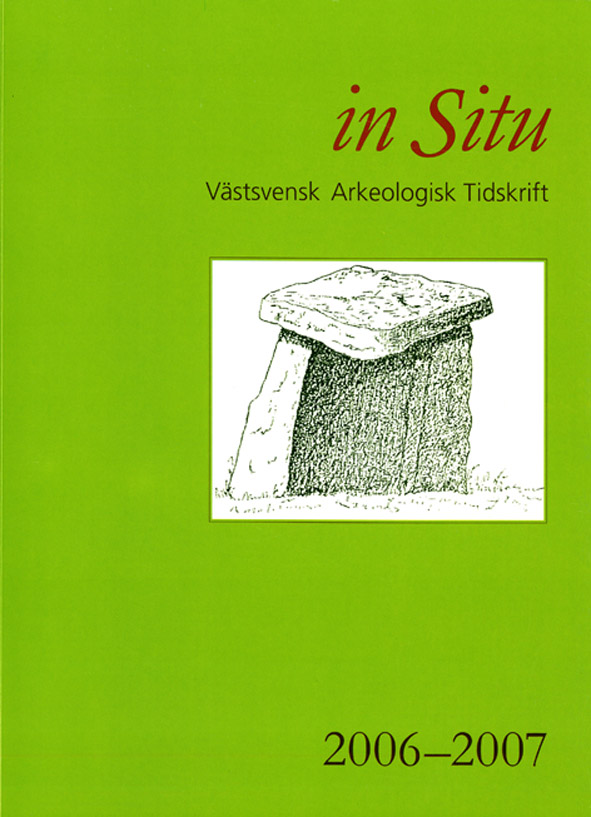Dödsrätt eller stål? Om hanteringen av odöda
DOI:
https://doi.org/10.58323/insi.v7.13453Keywords:
Archaeology, Iron Age, BurialsAbstract
Stories about the un-dead are more popular today than ever. At the same time fewer people than ever before have touched or even seen a deceased person. Every society must choose a way to deal with their deceased. In some societies certain actions must be taken to avoid the dead from returning. In the Icelandic saga about Eyrbryggarna the dead come back to haunt the living. The un-dead were tried at the court of the dead and sent away. When excavating a farmstead at Hunnavik we were faced with ghost stories. We found the stories amusing but when the osteological analysis was carried out the probable source of the ghost stories was revealed. The cremated bones found in the floor of a house were the fragmentary remains of a human being. But how did they do to avoid the dead from returning to the land of the living in prehistoric Småland? Which physical actions leave traces for archaeologists to find? One probable trace of such actions is knives thrust into graves as a part of the death ritual. Knives in such a position are found repeatedly in Iron Age graves.
Downloads
Downloads
Published
How to Cite
Issue
Section
License
Authors contributing to In Situ Archaeologica agree to publish their articles under a Creative Commons License. This gives third party different rights to use the material under certain conditions. These rights is defined by which license the article is published and it is the third partly responsibility to ensure that the license is fullfilled in any re-use of the material. Authors always retain copyright of their work and any re-use of the material presumes that appropriate credit is given the author, a link is provided to the license, and any changes made are clearly indicated.



